Spruce Pallet Lumber
- September 18, 2023
- 0 comment
Spruce is a type of softwood tree that belongs to the conifer family. It is characterized by its rapid growth and is primarily found in regions of North America and Europe. Spruce wood is known for its pale color, typically with a slight yellowish or white hue. It is a versatile softwood known for its favorable characteristics that make it well-suited for various applications.
Spruce pallet lumber primarily originates from the spruce tree, a coniferous species found in North America and Europe. Spruce is renowned for its fast growth, making it a sustainable choice for lumber production. While it might not possess the grandeur of hardwoods, it makes up for it with its practicality.

This lumber is typically used in the manufacturing of pallets, which are wooden platforms or skids used for the storage and transportation of goods. Spruce pallet lumber is known for its affordability, lightweight nature, strength, ease of workability, and versatility. It is often chosen for pallet construction due to its cost-effectiveness and ability to withstand heavy loads. Additionally, spruce pallet lumber can be used in various other applications, including home construction, DIY projects, furniture making, and musical instrument production. Its sustainable sourcing, thanks to the rapid growth of spruce trees, also makes it an environmentally friendly choice for many industries.
| Specification | Description |
| Dimension | Common thicknesses: 1 inch – 1.25 inches/Width: 3.5 inches – 3.625 inches/Length: 48 inches or 40 inch |
| Moisture Content | moisture content of approximately 12-15% |
| Grading | Spruce pallet lumber is typically not graded to the same extent as lumber for fine woodworking. Common grading classifications include “Industrial” or “Utility” grades, which allow for some imperfections such as knots and surface irregularities. |
| Strength Properties | Spruce is known for its strength-to-weight ratio, and spruce pallet lumber is expected to have sufficient load-bearing capacity for pallet construction. Specific strength properties may be specified according to industry standards. |
| Color and Appearance | Spruce pallet lumber typically has a pale, sometimes slightly yellowish or white color. The appearance may not be a primary concern as it is often covered or used for structural purposes. |
| Shrinkage | Spruce pallet lumber can shrink and swell over time, especially when exposed to moisture. This is important to be aware of when planning your project. |
| Certifications | Depending on the region and industry, spruce pallet lumber may need to meet certain certifications or standards related to quality, sustainability, or safety. |
| Availability | The availability of spruce pallet lumber may be influenced by the level of demand from industries that rely on pallets for shipping and storage. Regions with a strong manufacturing or logistics sector are likely to have a higher demand for such lumber. |
| Workability | Spruce pallet lumber is easy to work with using hand tools or power tools. It can be sawed, planed, drilled, and sanded without too much difficulty. |
| Finishing | Spruce pallet lumber can be finished with a variety of finishes, including paint, stain, and polyurethane. This makes it a versatile material that can be used to create a variety of looks. |
Strength Meets Durability
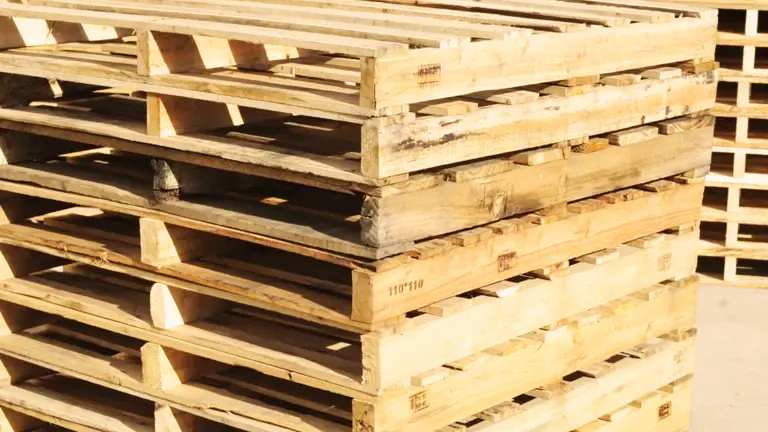
Despite its lightweight appearance, spruce lumber boasts impressive strength and durability. It can withstand the heavy demands of transportation and the weighty cargo it carries. This durability translates to reduced maintenance and replacement costs, making it a preferred choice for businesses looking to optimize their resources.

The Green Side of Spruce
In an era when environmental consciousness is paramount, spruce pallet lumber shines as a sustainable option. Spruce trees are known for their rapid growth, making them an easily renewable resource. Responsible forestry management ensures the continuous availability of spruce lumber without harming forests, contributing to environmental preservation.
Economical Excellence
One of the standout features of spruce pallet lumber is its affordability. It offers cost-effective solutions for businesses, both large and small, without compromising on quality. The cost-effectiveness of spruce lumber is especially appealing in industries where packaging expenses are a significant concern.
Light on Weight, Heavy on Benefits
The lightweight nature of spruce pallet lumber brings multiple advantages. It reduces the overall weight of pallets, leading to lower transportation costs. This is a crucial factor for businesses striving to streamline their logistics operations and reduce their carbon footprint.
Craftsmanship’s Best Friend
Manufacturers and craftsmen favor spruce lumber for its ease of handling and machining. Its uniform texture and straight grain allow for precise cutting and assembly, ensuring the production of consistent, high-quality pallets.
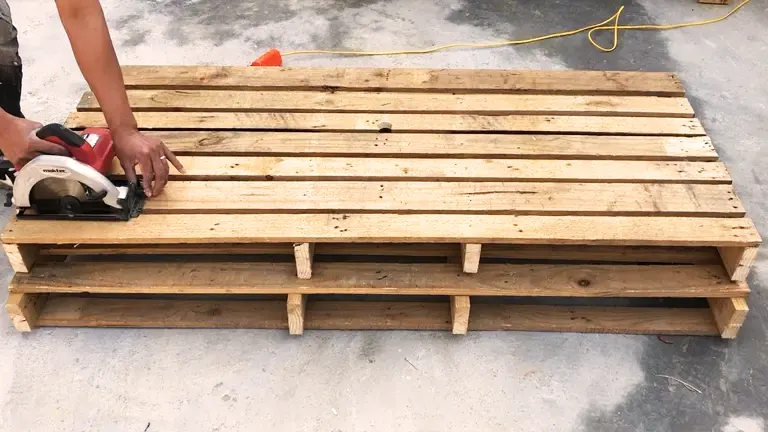
A Versatile Companion
Spruce pallet lumber’s utility extends beyond the realm of pallets. It finds applications in various industries, including construction, furniture making, and countless DIY projects. Its versatility makes it a versatile choice for businesses with diverse wood-related needs.
Allergies/Toxicity
Spruce pallets generally pose minimal risks of allergies or toxicity, primarily due to the nature of the wood. Spruce, being a softwood, is less likely to cause allergies compared to hardwoods. However, individuals with wood allergies should still exercise caution when handling spruce lumber, as wood dust generated during cutting or working with the wood can lead to respiratory irritation. It’s advisable to wear protective equipment like dust masks when working with spruce pallets to mitigate this risk. Additionally, some pallets, particularly those used for international shipping, may undergo chemical treatments for pest control compliance. These treatments may involve pesticides or fungicides, so it’s important to be cautious when reusing such pallets for other purposes. Checking for chemical treatment markings can help identify these pallets. Lastly, inspect pallets for mold, mildew, or visible damage, as these can cause allergies and should be avoided. Overall, while potential allergenic and toxicity concerns exist, they are generally low, and taking precautionary measures can minimize any associated risks.
In Conclusion
Spruce pallet lumber is a remarkable material that plays a pivotal role in the world of packaging and logistics. Its strength, sustainability, cost-effectiveness, and versatility make it a standout choice for crafting pallets. In a world where eco-friendliness is paramount, spruce lumber’s renewability and cost-effectiveness align perfectly with the needs of modern times.
Common Uses
Spruce pallet lumber finds widespread application across multiple industries due to its versatility and practical qualities. It serves as the backbone for pallet construction, which is vital for the storage and transportation of goods, thanks to spruce’s favorable strength-to-weight ratio and cost-effectiveness. Industries heavily reliant on shipping and logistics rely on spruce pallets to streamline the movement of products. In the construction sector, spruce pallet lumber is used for framing, sheathing, and scaffolding due to its affordability and ease of handling. Craftsmen appreciate its uniform texture and straight grain, using it to create both functional and aesthetically pleasing furniture. DIY enthusiasts often turn to spruce lumber for a variety of home improvement projects, while its resonance qualities make it an excellent choice for crafting musical instruments. Beyond these, spruce lumber finds applications in renewable energy production, packaging for consumer goods, and as a preferred material for artisans and craftsmen engaged in fine woodworking and decorative projects. Spruce pallet lumber’s adaptability, affordability, and sustainable sourcing make it a valuable resource in a wide range of sectors.
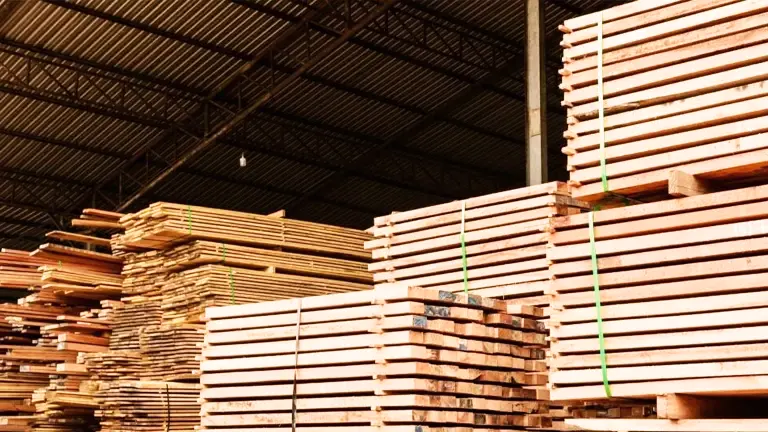
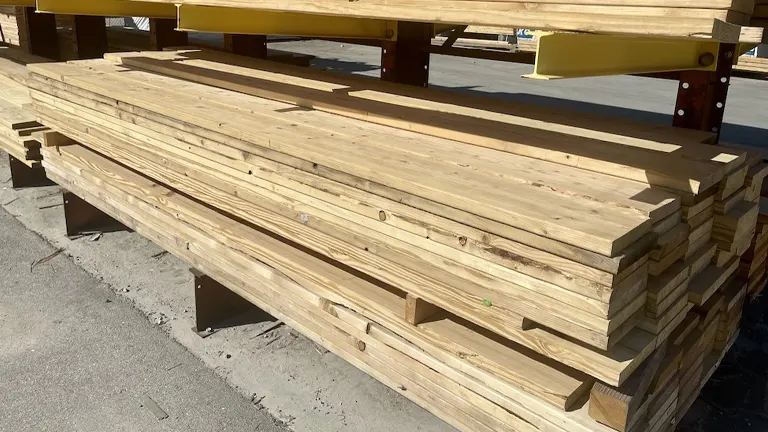
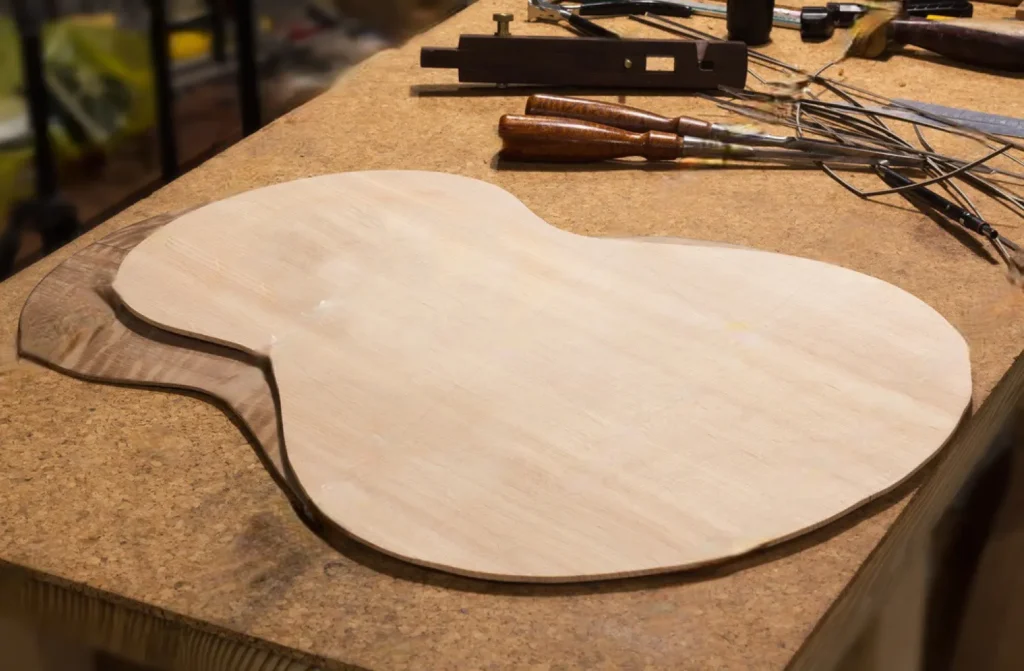
Frequently Asked Questions (FAQs)
- Can spruce pallet lumber be used for outdoor projects?
While spruce lumber can be used for outdoor projects, it’s essential to consider its susceptibility to decay and insect infestation when exposed to moisture and the elements. To enhance its outdoor durability, it’s recommended to apply appropriate sealants or finishes and ensure proper maintenance. - Is spruce pallet lumber suitable for creative art projects?
Yes, spruce pallet lumber is a popular choice for artists and craftsmen due to its ease of carving, painting, and sculpting. Its fine grain and lightweight nature make it an ideal canvas for various creative endeavors. - Are there any health concerns associated with working with spruce pallet lumber?
While spruce is generally considered safe to work with, like all woodworking, it generates dust when cut or sanded. Inhaling wood dust can lead to respiratory issues, so it’s advisable to wear appropriate personal protective equipment, such as dust masks and safety glasses when working with spruce lumber. - Can I use chemically treated spruce pallet lumber for indoor furniture projects?
It’s not recommended to use chemically treated pallet lumber for indoor furniture projects due to potential health concerns associated with the chemicals used for treatment. Opt for untreated or heat-treated pallets when repurposing wood for indoor furniture to ensure safety. - What are some creative uses for reclaimed spruce pallet lumber?
Reclaimed spruce pallet lumber can be repurposed into unique and sustainable projects such as rustic wall paneling, decorative shelving, coffee tables, and even feature walls. Its weathered and aged appearance can add character to interior design and DIY projects.










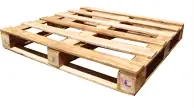



Leave your comment